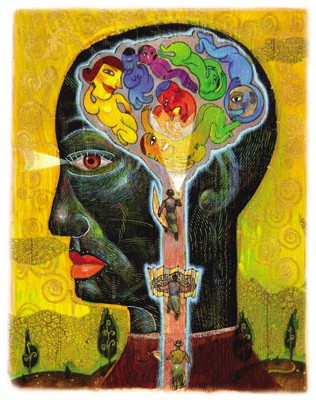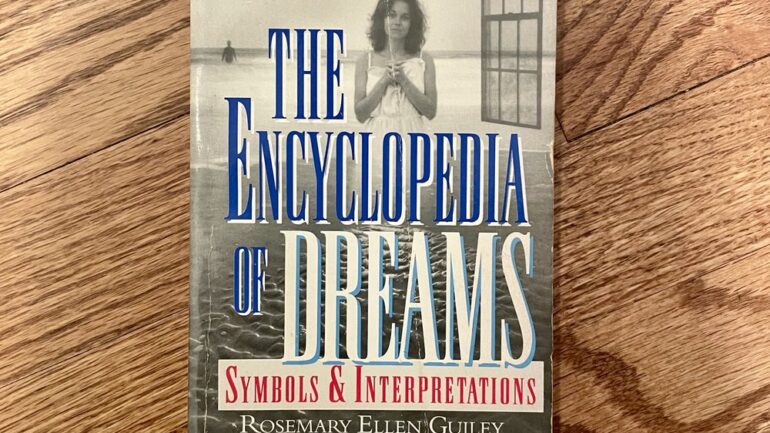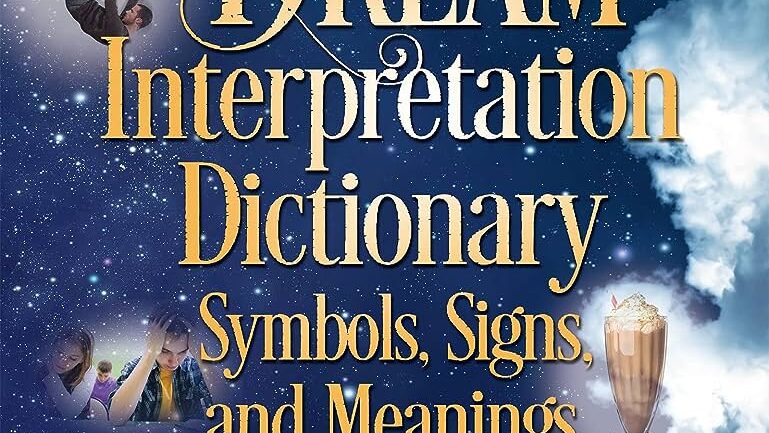Dreams have long fascinated humanity, serving as conduits between the conscious and subconscious realms. These nocturnal visions have been a source of mystique and curiosity across cultures and centuries. In this article, we embark on an exploration of the captivating world of symbolic dreams and how they offer us a unique portal into the language of our subconscious mind.
The Language of Dreams: Understanding Symbolism
Within the realm of dreams, symbolism reigns supreme. Dreams act as a stage where our subconscious expresses itself through a tapestry of symbols. These symbols hold a universal language that transcends linguistic barriers. For instance, water can represent emotions, flying might symbolize freedom, falling could indicate vulnerability, and animals often embody instinctual traits. The interpretation of these symbols, however, can be influenced by cultural backgrounds, personal experiences, and emotions.
The Unconscious Mind: Unmasking Hidden Desires and Emotions
The legacy of Sigmund Freud has ingrained the notion that dreams provide glimpses into our unconscious desires and emotions. Freud believed that dreams were the “royal road to the unconscious.” Dreams, according to his theory, allow repressed feelings and forbidden thoughts to surface, albeit in a disguised and symbolic form. Consider a dream of falling, perhaps mirroring a subconscious fear of failure or loss of control. Through this lens, dreams become therapeutic tools for exploring and processing suppressed emotions.
Archetypes: Exploring the Collective Unconscious
Carl Jung introduced the concept of archetypes, fundamental symbols that bridge individual and collective experiences. Archetypes are primal images that resonate across cultures and time. They populate our dreams with archetypal figures like the hero, the shadow, and the anima/animus. These symbols connect us with the shared human experience, tapping into the collective unconscious that binds us all. Analyzing dreams for archetypal elements can offer profound insights into our psyches and journeys.
Personalized Symbols: The Dreamer’s Lexicon
While universal symbols hold significance, dreams often carry symbols unique to each dreamer’s life story. These personalized symbols emerge from individual experiences, memories, and emotions. For example, a red bicycle might hold deep meaning for someone who associates it with childhood adventures. Decoding these symbols requires introspection and self-awareness, allowing dreamers to unveil layers of their subconscious narrative.
Decoding Dreams: Techniques for Interpretation
Unlocking the mysteries of dream symbolism demands a systematic approach. Keeping a dream journal fosters consistency in recording dreams, aiding in pattern recognition and analysis. Identifying recurring symbols and themes offers clues to underlying messages. Employing free association encourages spontaneous insights, as words and emotions triggered by dream symbols are explored. For intricate or distressing dreams, professional guidance provides valuable perspectives.
The Power of Prophetic Dreams: Tapping into the Future?
Some dreams have been credited with prophetic qualities, seemingly foreshadowing future events. While anecdotal evidence abounds, scientific validation remains elusive. Dreams might tap into intuitive faculties that perceive subtle cues, blurring the line between premonition and chance. Discerning prophetic dreams from symbolic ones requires a discerning eye and a balanced perspective.
Lucid Dreaming: Taking Control of the Subconscious Theater
Lucid dreaming, a phenomenon where dreamers realize they’re dreaming and can sometimes exert control, offers an avenue to actively engage with dream symbolism. Techniques like reality checks and mindfulness cultivate the ability to recognize dreams. This empowerment enables dreamers to steer their dream narratives, interact with symbols, and potentially seek solutions to waking-life challenges within dreams.
Cultivating Dream Awareness: Enhancing Dream Recall
Enhancing dream recall is an essential step toward exploring symbolic dreams. Practicing mindfulness during the day can extend to nighttime, aiding in retaining dream memories upon waking. Establishing a bedtime routine that involves reflecting on the day’s events and intentions for dream exploration can significantly amplify dream recall, facilitating a deeper connection with the subconscious mind.
The Ethereal Art of Dream Interpretation: Balancing Science and Intuition
Interpreting dreams is a delicate interplay between scientific analysis and intuitive insight. Psychological and neurological perspectives provide valuable frameworks, but dreams’ enigmatic nature defies purely logical explanations. Embracing intuition fosters a more profound understanding, as symbols often evoke emotions and memories that defy straightforward categorization. Balancing analytical rigor with imaginative exploration is key.
Applying Dream Wisdom: Real-Life Impact
Symbolic dream exploration extends beyond abstract curiosity; it has real-life applications. As dreamers decode their subconscious narratives, they uncover valuable insights into their personalities, challenges, and desires. Dreams can serve as guides, offering directions in times of uncertainty. Consider a dream where a lost key symbolizes unlocking new opportunities—an interpretation that could inspire meaningful life changes.
Conclusion
Dreams remain a captivating realm where our subconscious speaks to us through the language of symbols. Exploring the tapestry of these symbolic dreams unveils hidden desires, emotions, and insights that enrich our journey of self-discovery. As we delve deeper into the enigmatic world of our dreams, click to find out more we invite you to embrace the transformative power of symbolic dream interpretation and embark on a lifelong quest to unravel the mysteries within.

Welcome to my website! My name is Patrick Petherick, and I am a professional Emotional Dream Coach. I am passionate about helping individuals understand the profound symbolism and meaning behind their dreams, and guiding them towards emotional healing and personal growth. Check it





